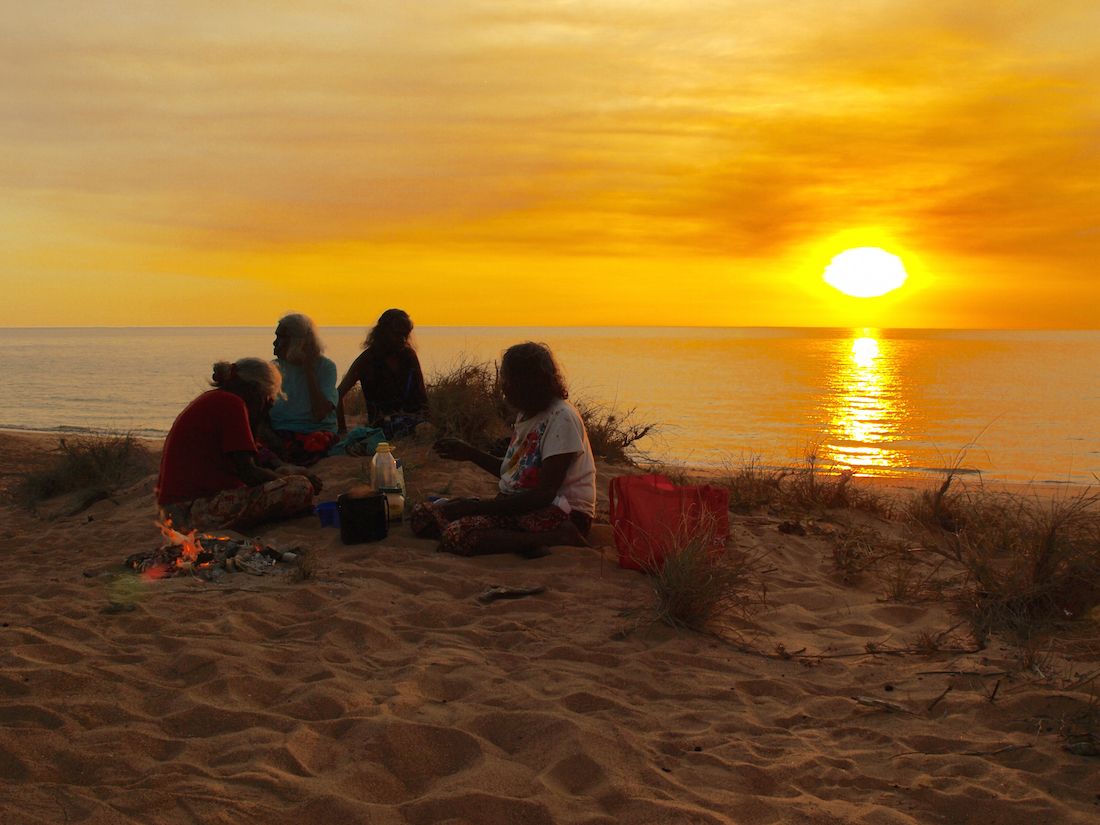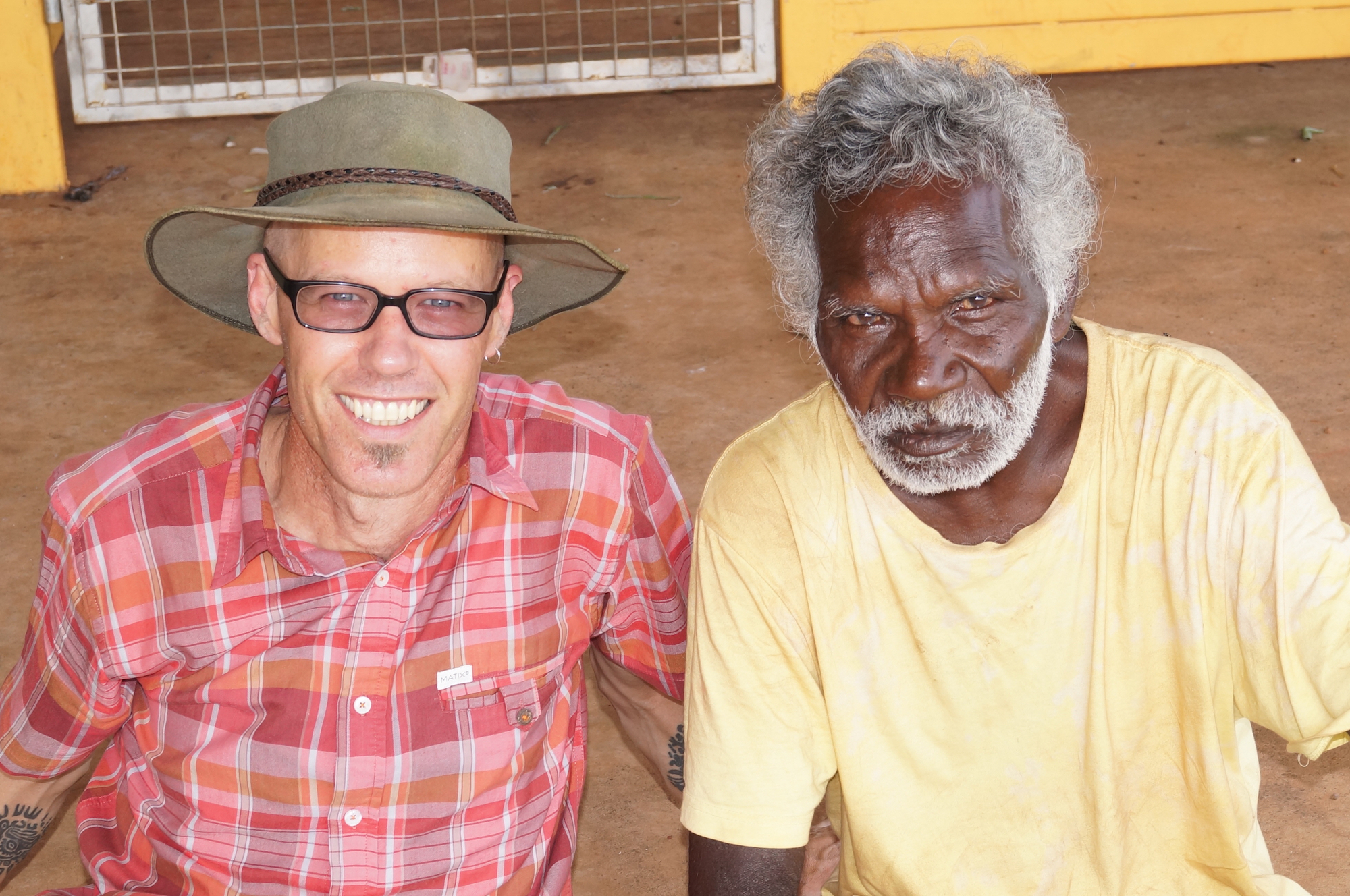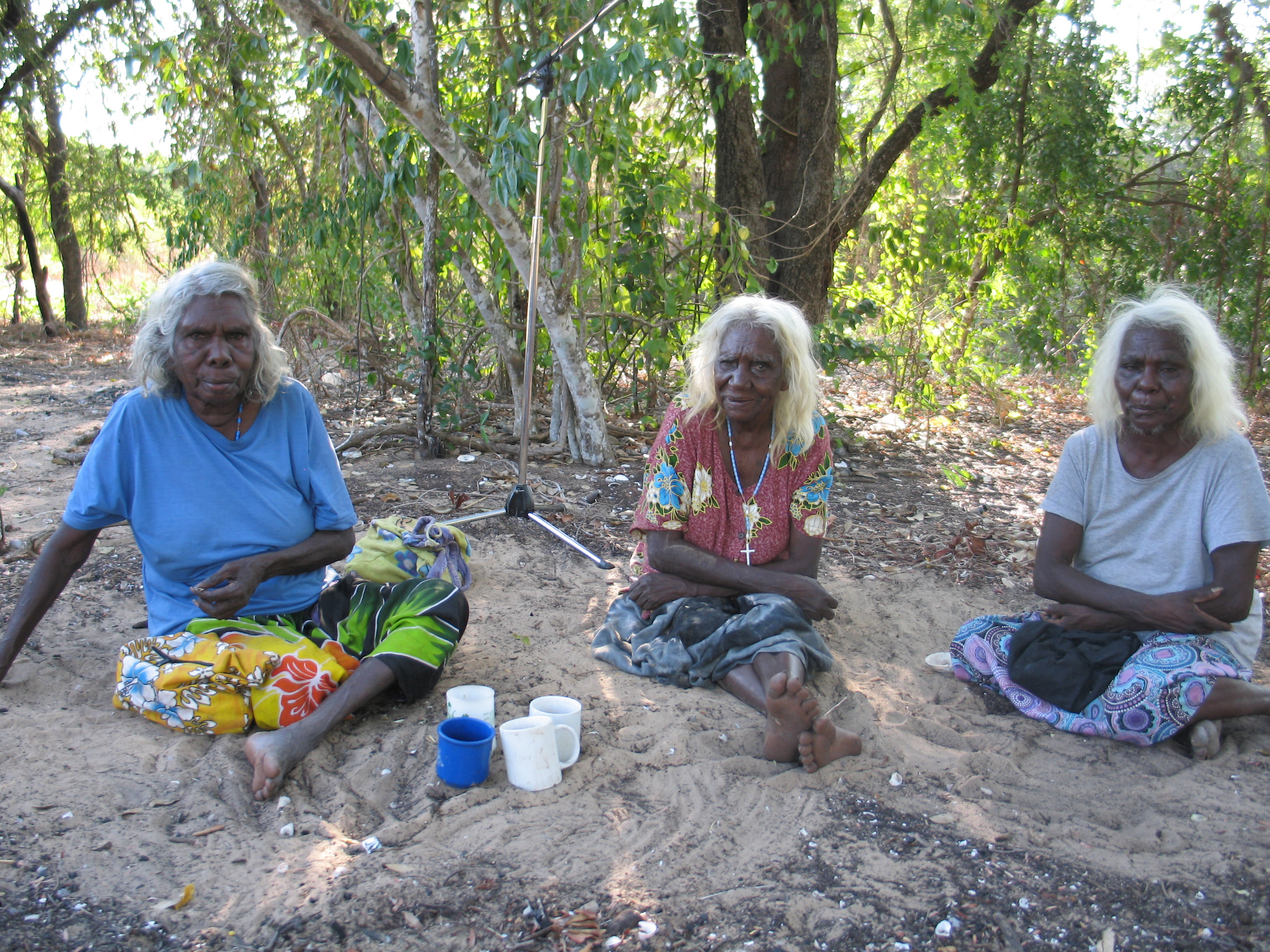How small talk can lead to big things

A casual conversation between friends is a valuable tool for a University of Melbourne linguist - it provides him with a rich opportunity to study how linguistic structures deliver social action
Published 5 November 2015
Most of us think a casual chat with friends about the weather, or the small talk with our partner while washing dishes, is not particularly significant. One person begs to differ.
Listening closely is Dr Joe Blythe, a conversation expert and interactional linguist. He sees nothing but value in these off-the-cuff conversations.
These tiny parts of our social interactions can help us understand not only the human species itself, but also our history and future, says Dr Blythe, from the School of Languages and Linguistics at the University of Melbourne.
“My interests lie with how linguistic structures deliver social action,” he says. “Having a good understanding of linguistic diversity is really important for our notion of us as a species, as it is how we communicate that makes us unique.
“We especially need to look at language as used in social interaction because that is where we see all our business conducted – this is our most naturalistic, uninvented, un-hypothesised data set. Not all questions are used for inquiry. Not all declaratives are used for assertion.
“To understand how we mean what we mean, we need to study language as used in its primordial ecological environment, face-to-face conversation.”
His interest in language and linguistics began when he was at the Kimberley Language Resource Centre. He spent eight years examining Gija and Jaru, indigenous languages of north Western Australia, and saw an opportunity to explore Australia’s ancient languages more fully.

“Most Australian languages are precariously poised,” Dr Blythe outlines. “We estimate there originally were around 250-300 Aboriginal languages and about 700-800 dialects.’’
At latest estimates there are only about 13 languages left that have substantial numbers of speakers across all generations. It’s pretty dire. And with the loss of Australian linguistic diversity has come the loss of multilingualism.
“There are not many places left in the country with high degrees of multilingualism, which was pretty much the norm.
“One of the reasons for accelerated rates of linguistic change has been sedentarization in communities which often brings one language to the fore. In Wadeye (NT) it’s the indigenous language Murrinhpatha that has come to dominate the linguistic landscape.”
He began his PhD on the Northern Territory language Murrinhpatha after realising the risk of losing some of these languages.

Dr Blythe says Murrinhpatha is an ideal language to study as good records go back to the 1940s, “from a priest with a pretty good ear”, and there are recordings dating from the late 1950s.
“But we’ve actually got roughly 80 years of Murrinhpatha language to examine. It’s a healthy language and a little unusual because it’s developing in interesting, strange ways that are not necessarily associated with the incursion of English.”
Dr Blythe’s research is particularly notable, as he has spent many hours with the Murrinhpatha people filming their everyday conversations.
“It struck me that while we have some records relating to the structure and meaning of words in indigenous languages, we didn’t have a lot of data about how they are actually used for everyday conversation,” he says.
“Like most field linguists I do employ structured elicitation techniques and some experimental methods.

“But a big part of my research methodology hinges on building a video corpus of informal face-to-face conversation. This allows us to build collections of similar linguistic structures being used in similar interactional environments - for comparison. It is also important to be comparing language use across different languages and cultures, so as to understand the linguistic variation and how that variation is constrained.”
His knowledge of Murrinhpatha conversational practices and grammatical description has also enabled him to examine how the language transforms itself.
For example, linguistically rare kin-based grammatical structures have evolved in Murrinhpatha (and other Australian languages) due to culturally prescribed practises of personal name avoidance.
“We find that speakers can use kin-based grammatical structures to circumvent a particular person’s name, making clear enough to those present who exactly is being spoken about.”

Dr Blythe’s work with the Murrinpatha language was recently included in a larger international study that analysed over 48 hours of everyday conversation of 12 different languages across five continents.
The study was one of the first to examine the structure of everyday conversation to determine if there was a universal property of language.
Repairing a conversation
“Repair deals with problems of speaking or hearing - it may be noisy, or a speaker may be mumbling – and problems with understanding what a person is talking about, or why they might be asking a particular question. Each of these problems can cause us to lose each other’s trains of thought. Repair processes bring us back on track.”
The research found that in everyday conversations humans initiate repair on another’s talk roughly every 1.4 minutes.
“Furthermore,” he explains, “we found that when it came to repair initiation - how we find the problems in language and fix them within our conversations - most languages across the world are similar and share the same basic system.”

“Of the languages we looked at, all spoken languages have an open type interjection such as ‘Huh?’ and we found that they’re remarkably similar,” Dr Blythe says.
“While there is slight variation in the forms of the interjections across languages (eg, the upward intoned Ha? in English, E? in Italian and Spanish, Aa? in Murrinhpatha, Hã? in Mandarin and Lao vs. the downward intoned Ha in Icelandic), normally each interjection solicits a full repetition of the just prior problematic turn.
“The forms of these interjections are similar. Their functions are similar. And the interaction environments in which they are found are exactly the same.
“It’s these cross-linguistic comparisons that reveal the cross-cultural similarities.”
With the worldwide shift towards dominant languages resulting in the loss of linguistic diversity, the applications of Dr Blythe’s research are infinite. As well as his work on conversation being able to provide evidence for why languages change, his research will have a far-reaching influence on our future communications.

“One of the huge issues for human/robot communication is understanding human pragmatics and the naturalistic conversational use of language – which we must do if we want to realistically model the human use of language,” Dr Blythe says.
“By going back to actually understanding how we use language and looking at conversational pragmatics we understand interactional meaning and speakers’ meaning contextually, in a very grounded way, which is over and above the semantic meanings.”
“There’s only so much you can learn about a fish by looking at it in a fishbowl.
“You can learn much more by examining it in its home environment – how it behaves, what it eats, where it hides. The same is true with language. An informed view of language is one that attends to the details of linguistic structure while also attending to its use within its everyday ecological environment, which for most of us is face-to-face conversation.”
Banner Image: Picture: Joe Blythe
